

This foreword was not part of the original book but gives some background to the workshop.
In August 1974, at an IFIP WG5.2 meeting in Malmo, Sweden, Richard Guedj was asked to initiate an active programme directed towards establishing standards for computer graphics.
Richard invited Ernie Warman, Jose Encarnacao, Hugh Tucker, Bob Hopgood and others to a meeting at the Chateau de Bellinglise, Elincourt-Sainte-Marguerite, Picardy in November 1975 to discuss the matter. It was agreed to organize what later turned out to be a seminal event in computer graphics standardization, the Seillac I workshop at Chateau de Seillac in the Loire Valley, France. At the time, Charles de Gaulle Airport was notorious for delayed flights due to fog. In consequence, both Bob Hopgood and Jose Encarancao spent the night following the Bellinglise meeting sleeping on the benches at the airport!
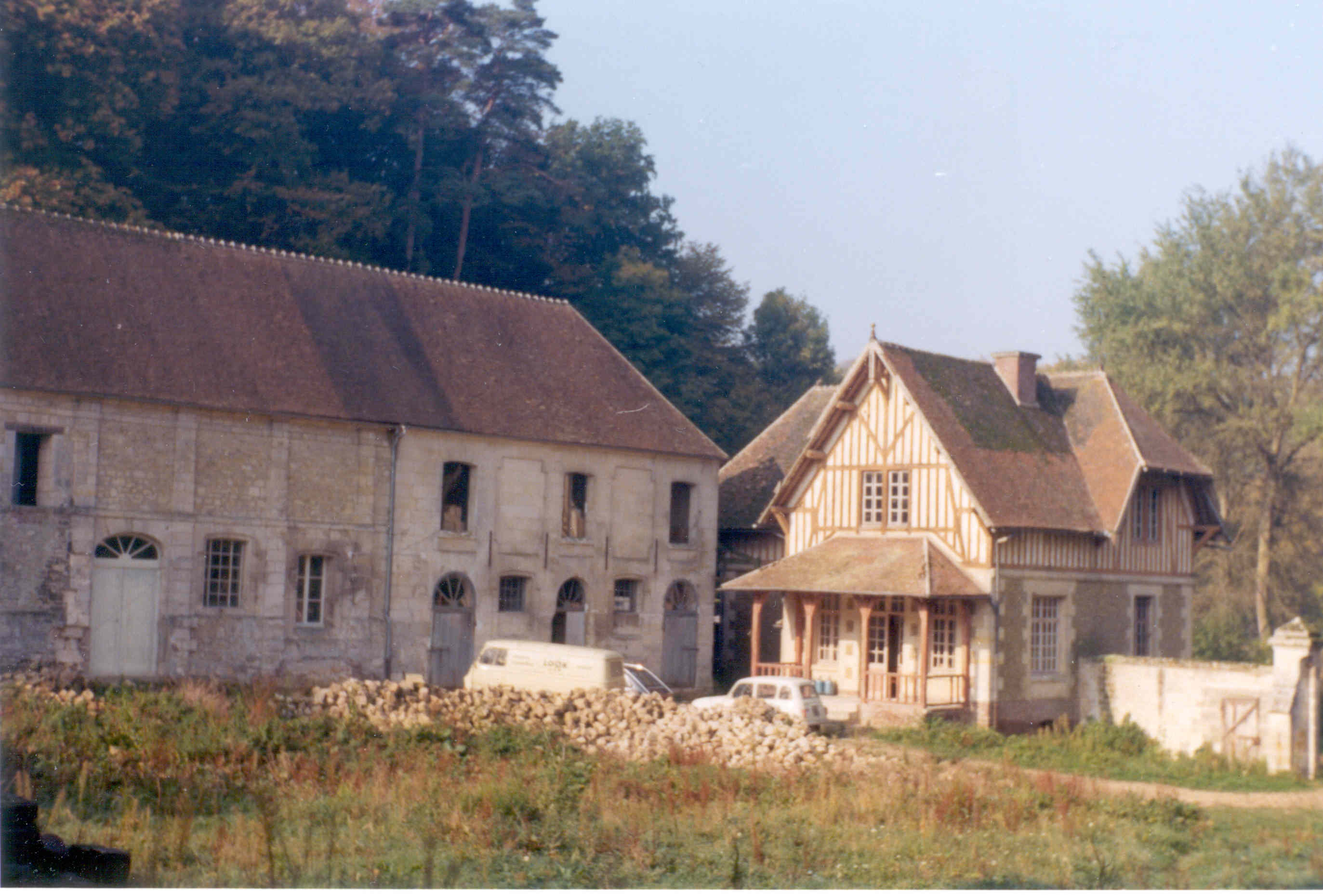
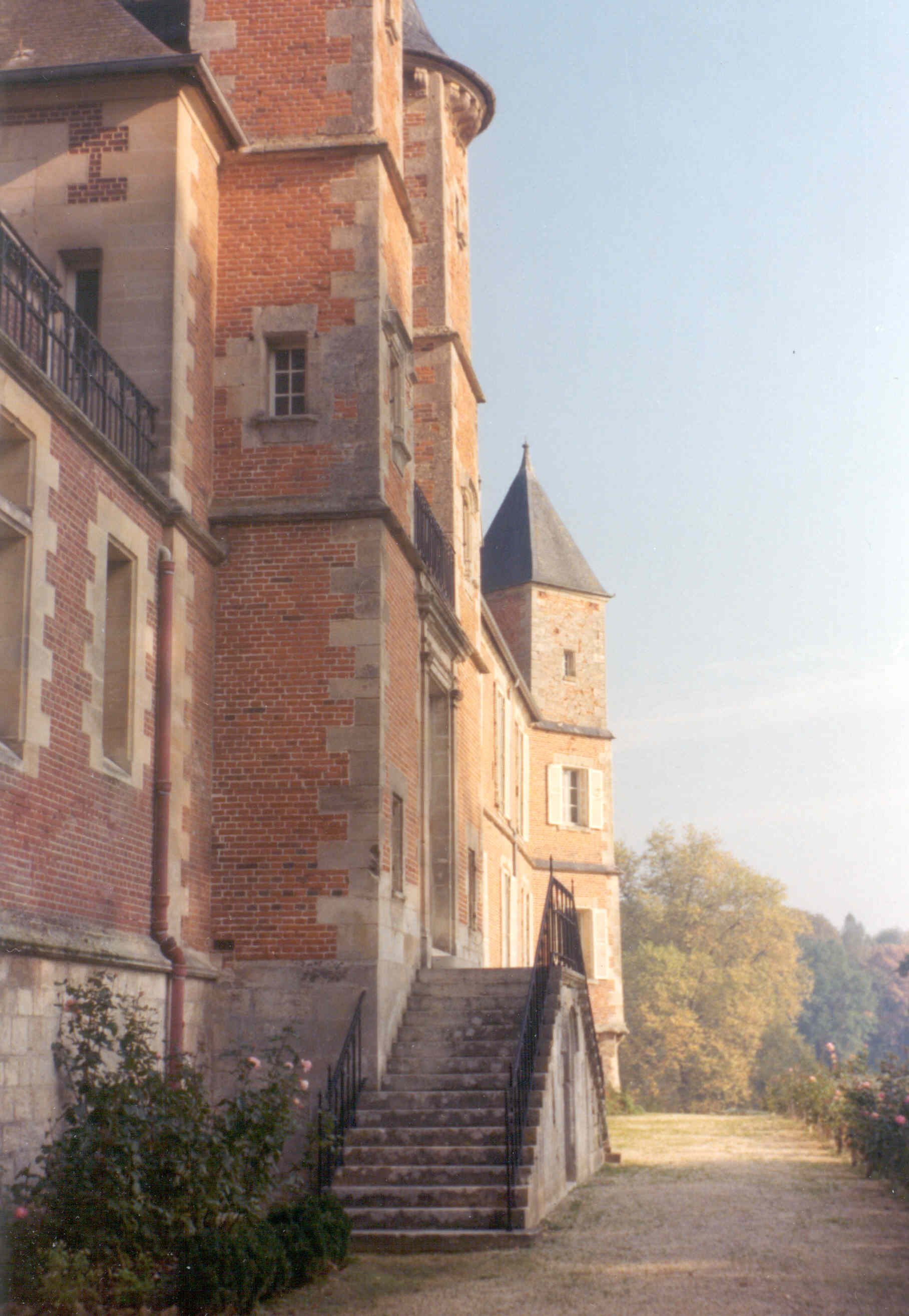
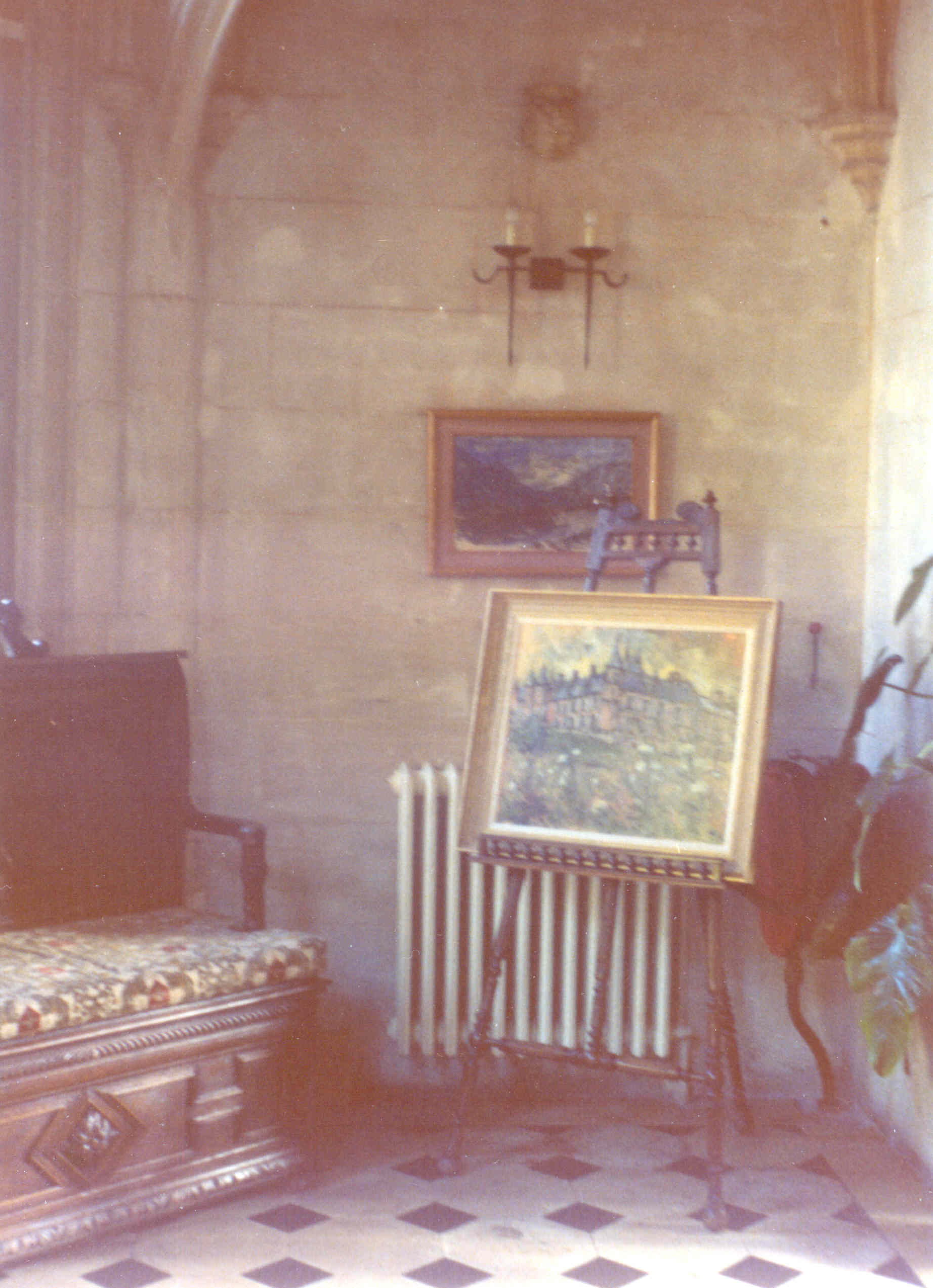
Held in May 1976, the first Seillac workshop was attended by a number of experts from the computer graphics field and aimed to reveal the underlying concepts of computer graphics which earlier discussions had shown to be ill-understood. Domaine de Seillac was a venue chosen by Richard Guedj. In a beautiful and tranquil setting, a long way from the nearest town, it was an ideal setting.
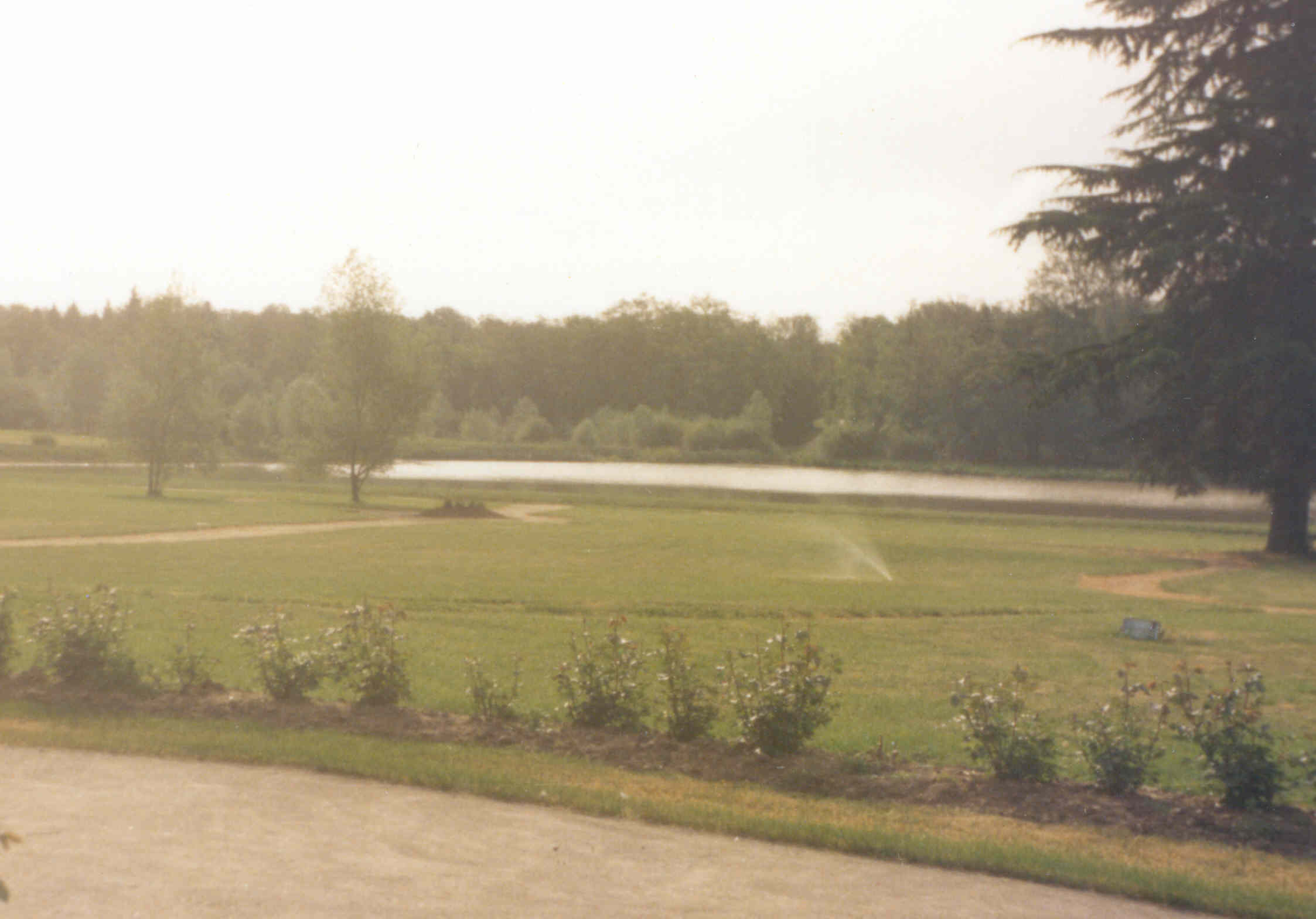
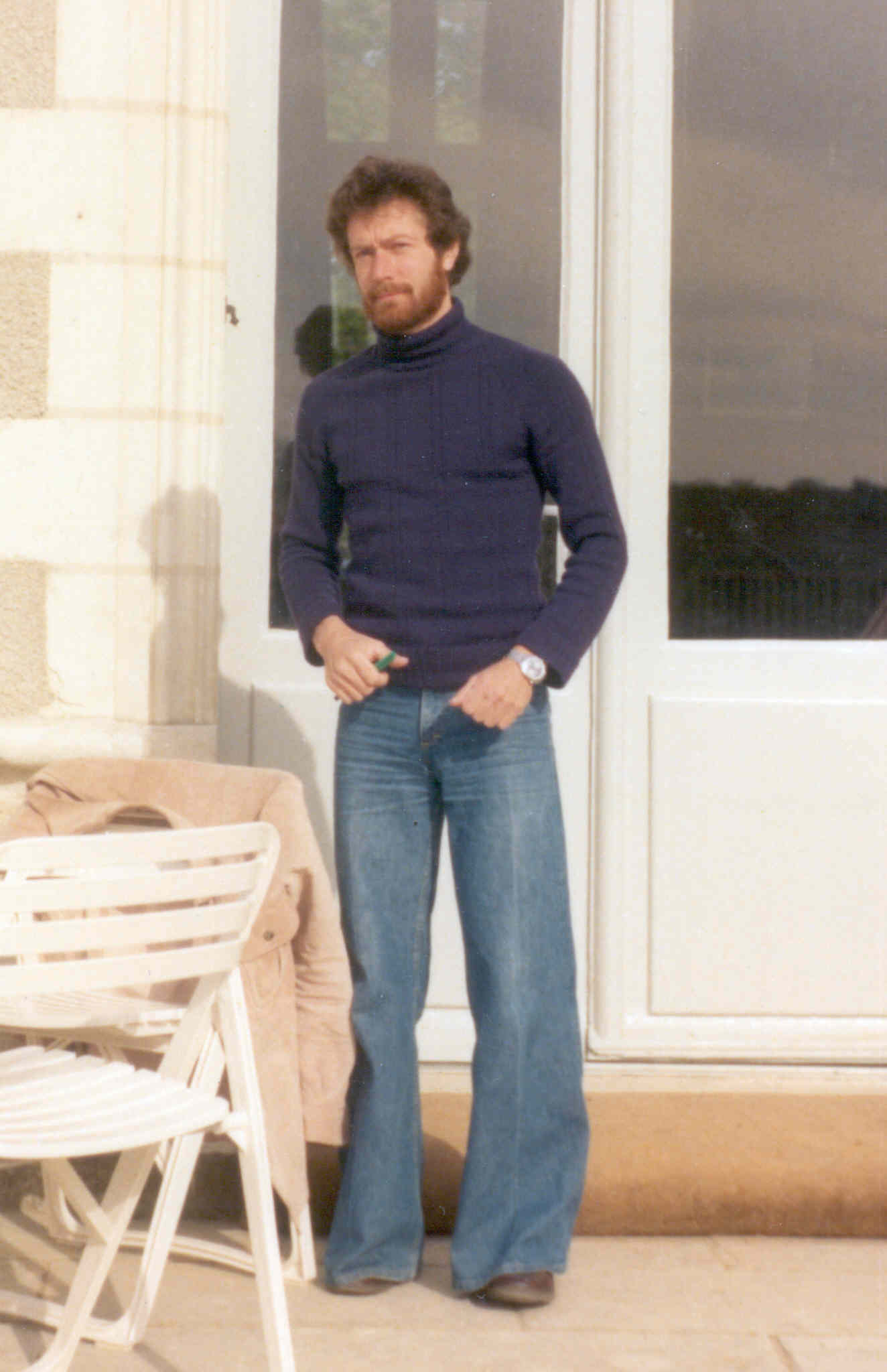

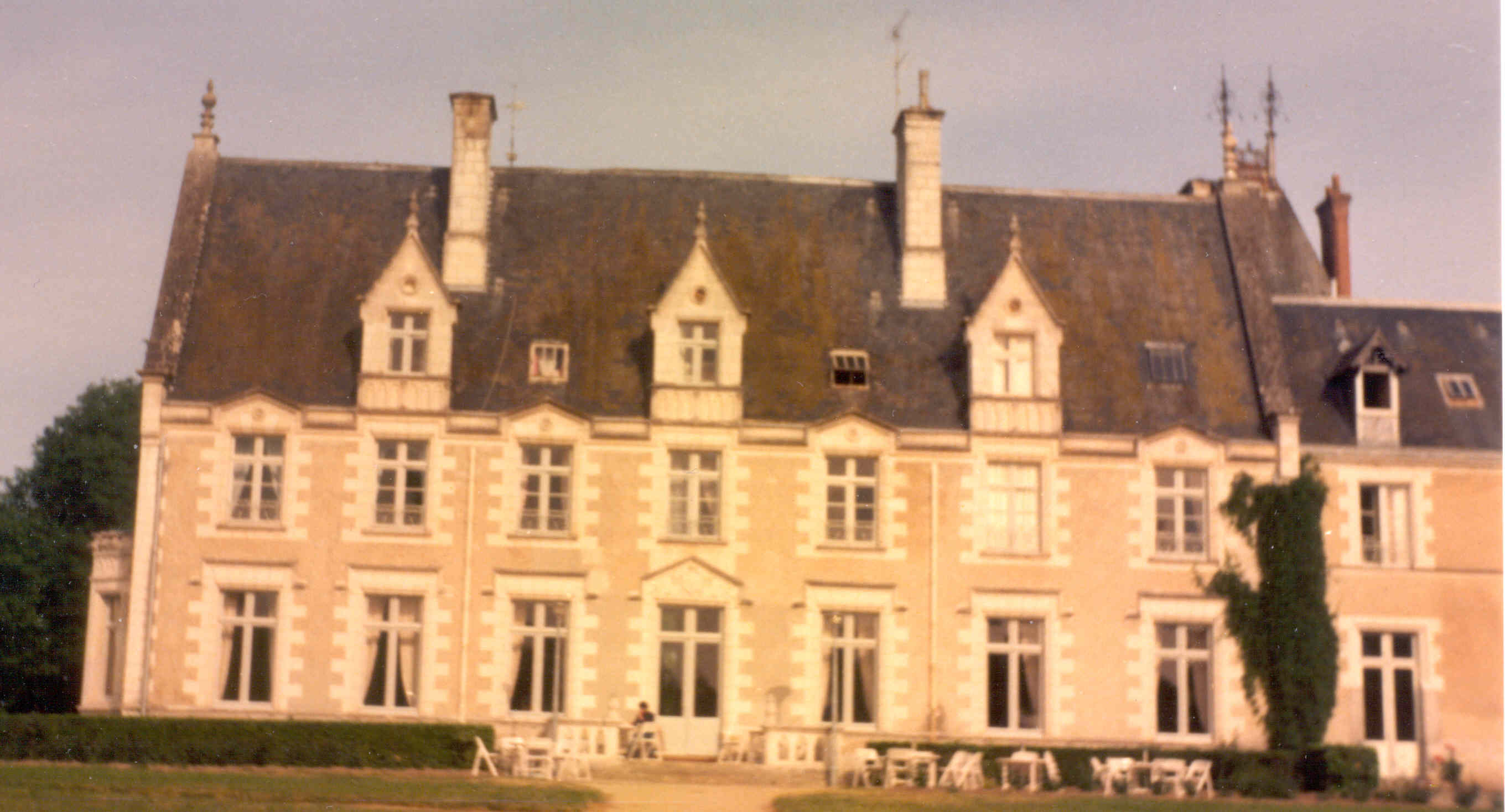
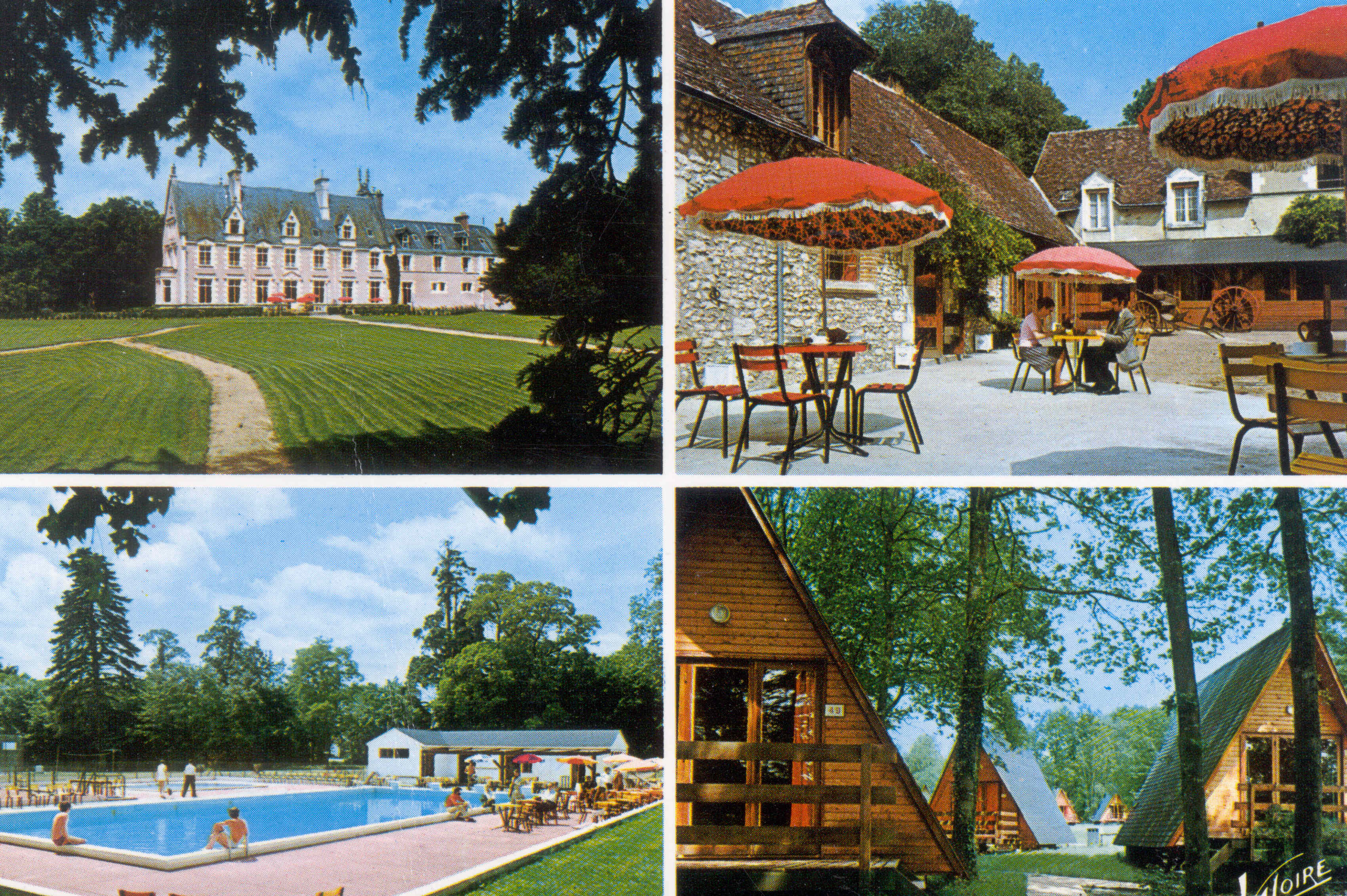
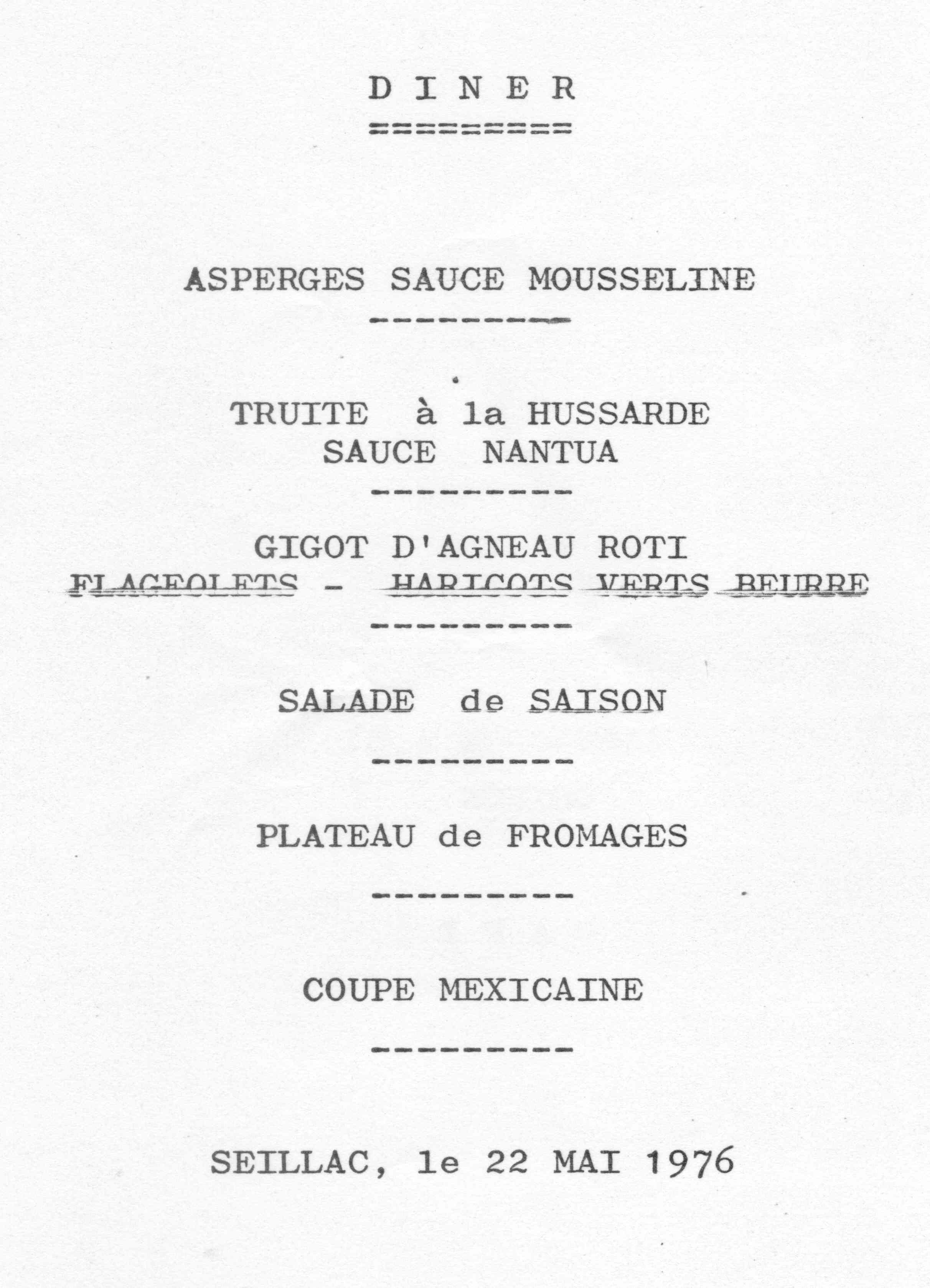
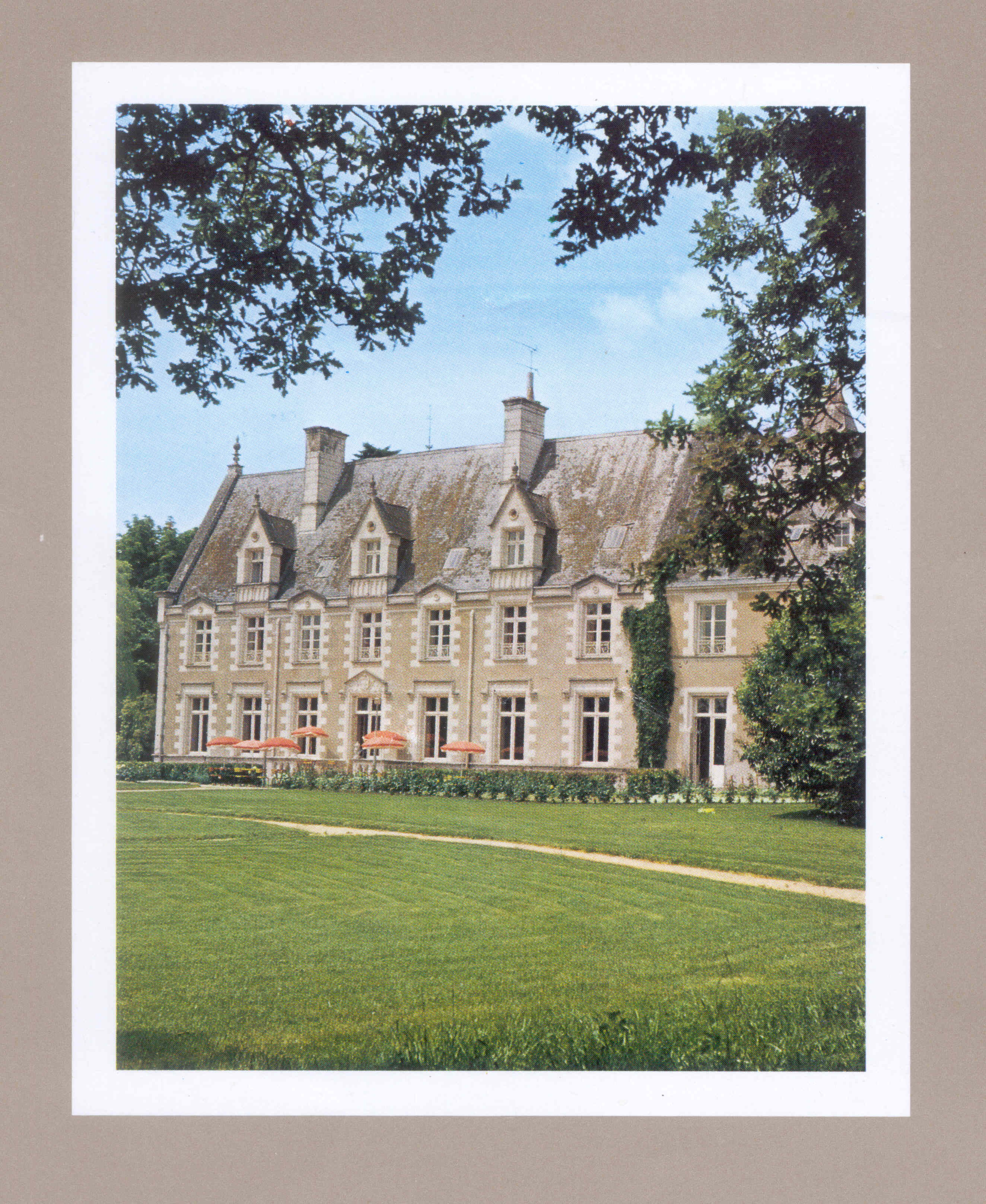
Topics studied at Seillac ranged over the reasons for standardization as well as the scope and requirements of a standard. There was agreement that both output and input should be included. Standardization of the former was considered easy. However, as subsequent events showed, even the standardization of the easy can generate much debate!
The requirements for a standard received much attention. To agree that the standard should serve the areas of, for example, cartography, schematics, engineering drawing and animation was easy, but it was more difficult to decide whether image processing and high quality typesetting should be included. A standard should be in line with current practice and should answer the needs of the user community. It should not be in conflict with other standards in, say, character sets, and programming languages. A standard is only likely to gain acceptance if its design reflects a high level of expertise.
The graphics system must be at the right level. It should not include features specific to single applications, but at the same time must not be so low as to be device dependent. By this time, it was generally agreed that any standard would specify a set of virtual input and output functions which would be realized in terms of the functions of actual devices.
One of the major debates revolved around both the concept of current position and also its behaviour with respect to transformations. One of the problems was that existing packages did not distinguish between transformations for viewing the picture and those used for constructing the picture out of smaller items (referred to as modelling). Seillac I resolved that there should be a clear distinction between these two types of transformation and that an initial core, or kernel, graphics system should be designed which would only use transformations for viewing a previously constructed picture.
Originally there had been no intention to publish the proceedings of Seillac I, but at the request of IFIP, the working papers were edited some two years later and subsequently published. The Seillac I volume is. therefore, not a polished document, but is invaluable in revealing the seeds from which future activities and ideas grew. The working papers were spread out over the floor of Hugh Tucker's house near Copenhagen on the 27 July, 1978 and two days were spent by Richard Guedj and Hugh Tucker (assisted by Bob Hopgood) putting together the main papers from the workshop two years earlier to produce the book, Methodology of Computer Graphics.
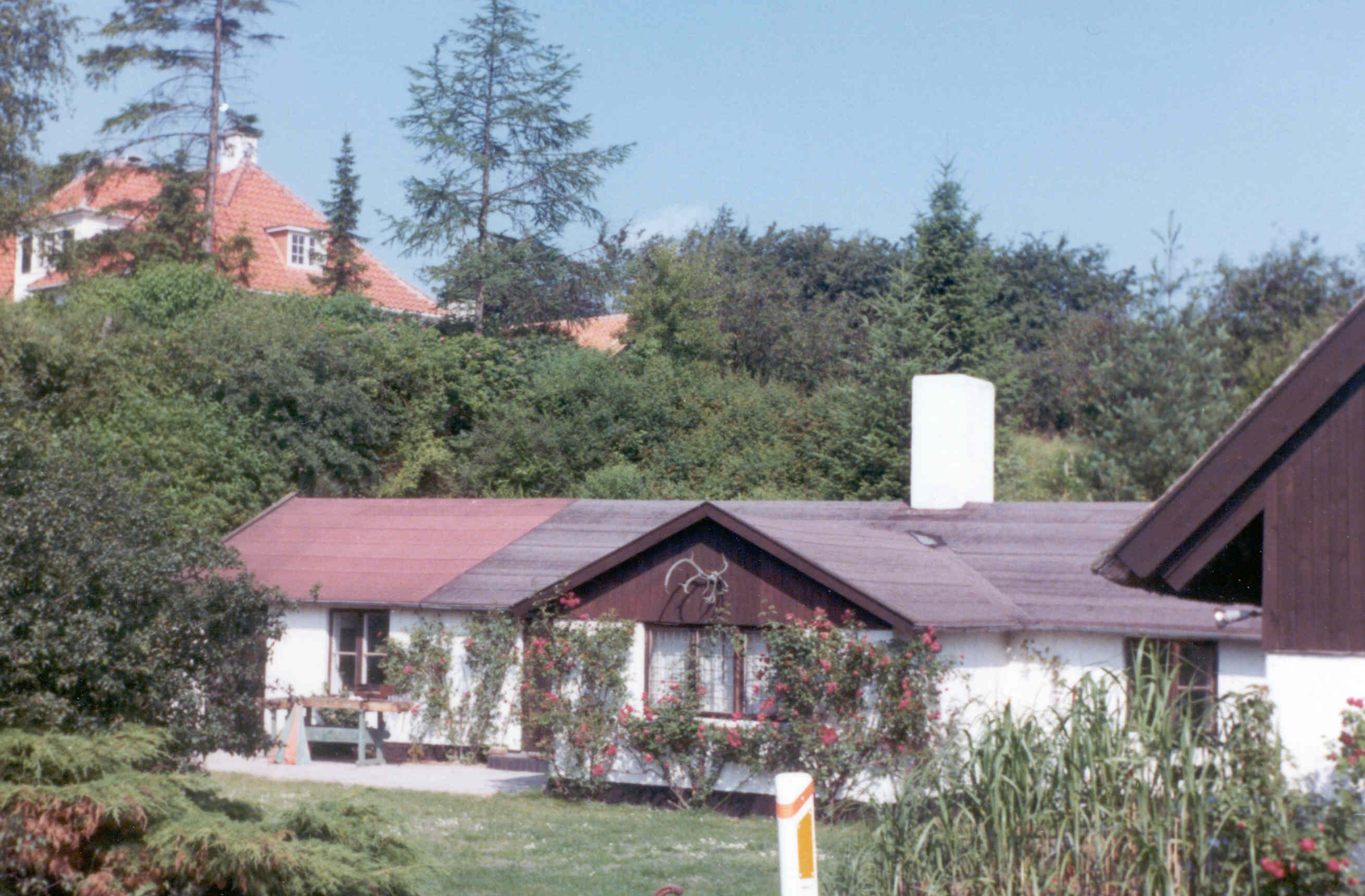
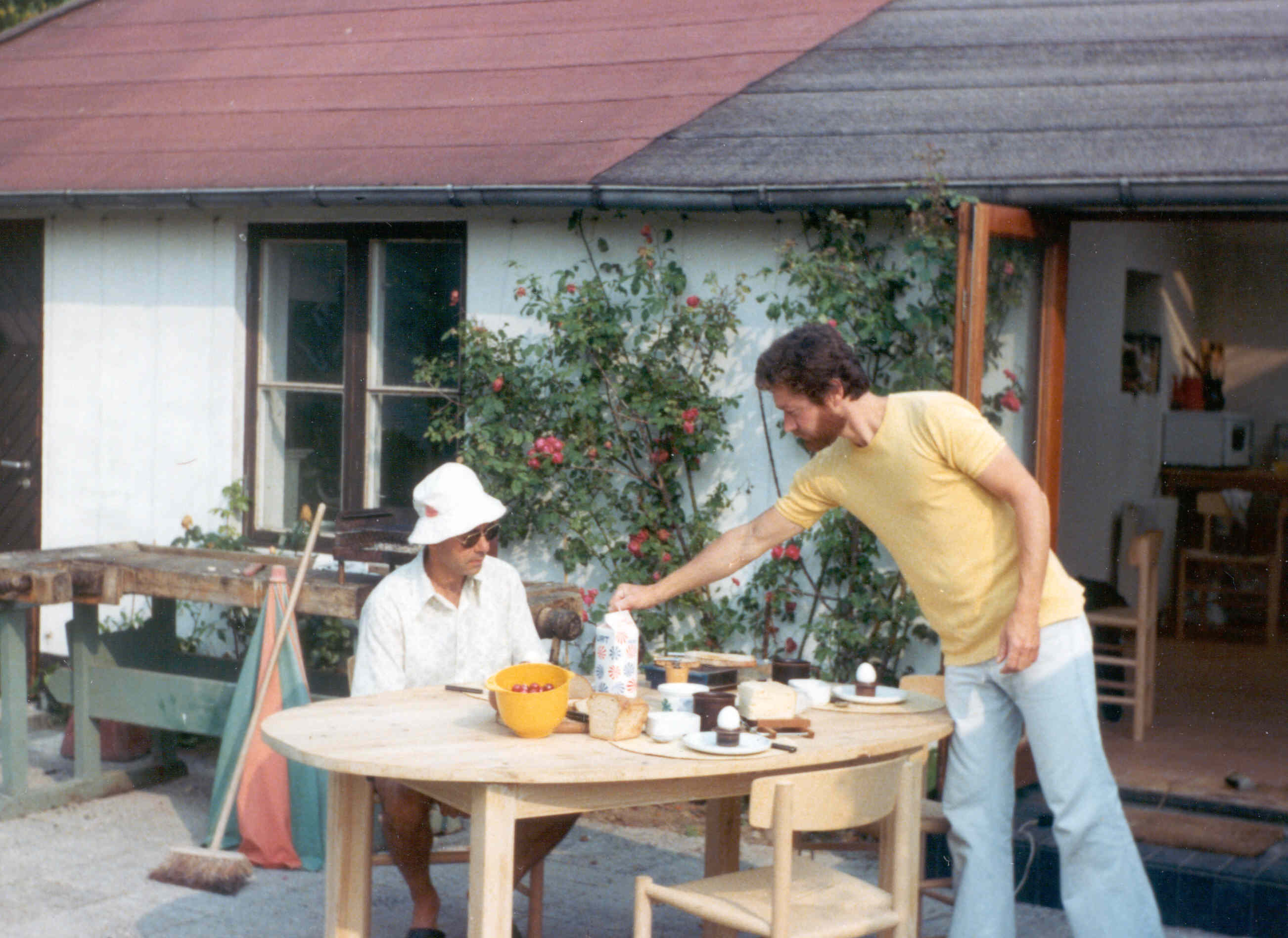
The graphics experts at Seillac I included representatives of the USA and West Germany. Some of those from the USA were members of the Graphic Standards Planning Committee (GSPC), formed two years earlier under the auspices of the ACM Special Interest Group on Computer Graphics (SIGGRAPH). Previously, progress had been slow but Seillac I generated enthusiasm which led GSPC to work towards the specification of a core graphics system to fulfill one of the Seillac goals. After a large amount of work by GSPC, a first public draft of a core graphics system (often referred to as the Core) was published in 1977. A whole issue of ACM Computing Surveys in 1978 was devoted to describing the GSPC Core, the major issues that had to be resolved, and examples of use of the GSPC Core. A further version of the Core was published in 1979 which included some raster extensions. Whilst raster graphics had been dismissed in the early version, as being different from vector graphics and only available to a few, the dramatic drop in cost meant that raster graphics had to be considered in the 1979 proposal. The Core was a full 3D graphics system and a number of implementations were produced in the USA.
Inspired by Seillac I, members of the West German standards organization (DIN) were also active in defining a core graphics system. The most obvious difference between the German Graphical Kernel System (GKS) and the GSPC Core was that the former was only a 2D system, and, consequently, was significantly smaller.
The initial ISO computer graphics standard was GKS and the subsequent standard that included modelling transformations was PHIGS which was strongly influenced by the GSPC Core. At Seillac, there was much discussion concerning the transportation of graphics from one system to another with a belief that such a protocol might be easier to agree upon than a graphics system per se. The DIN activities defined such a protocol as part of its definition of GKS. This was expanded by ISO into a device independent transport protocol called the Computer Graphics Metafile (CGM) which is still in use on the web today (2013). The Seillac I Workshop was a catalyst for four ISO standards (CGM, GKS. GKS-3D and PHIGS).
An excellent overview of these standards can be found in ISO Standards for Computer Graphics by D B Arnold and D A Duce, published in 1990.